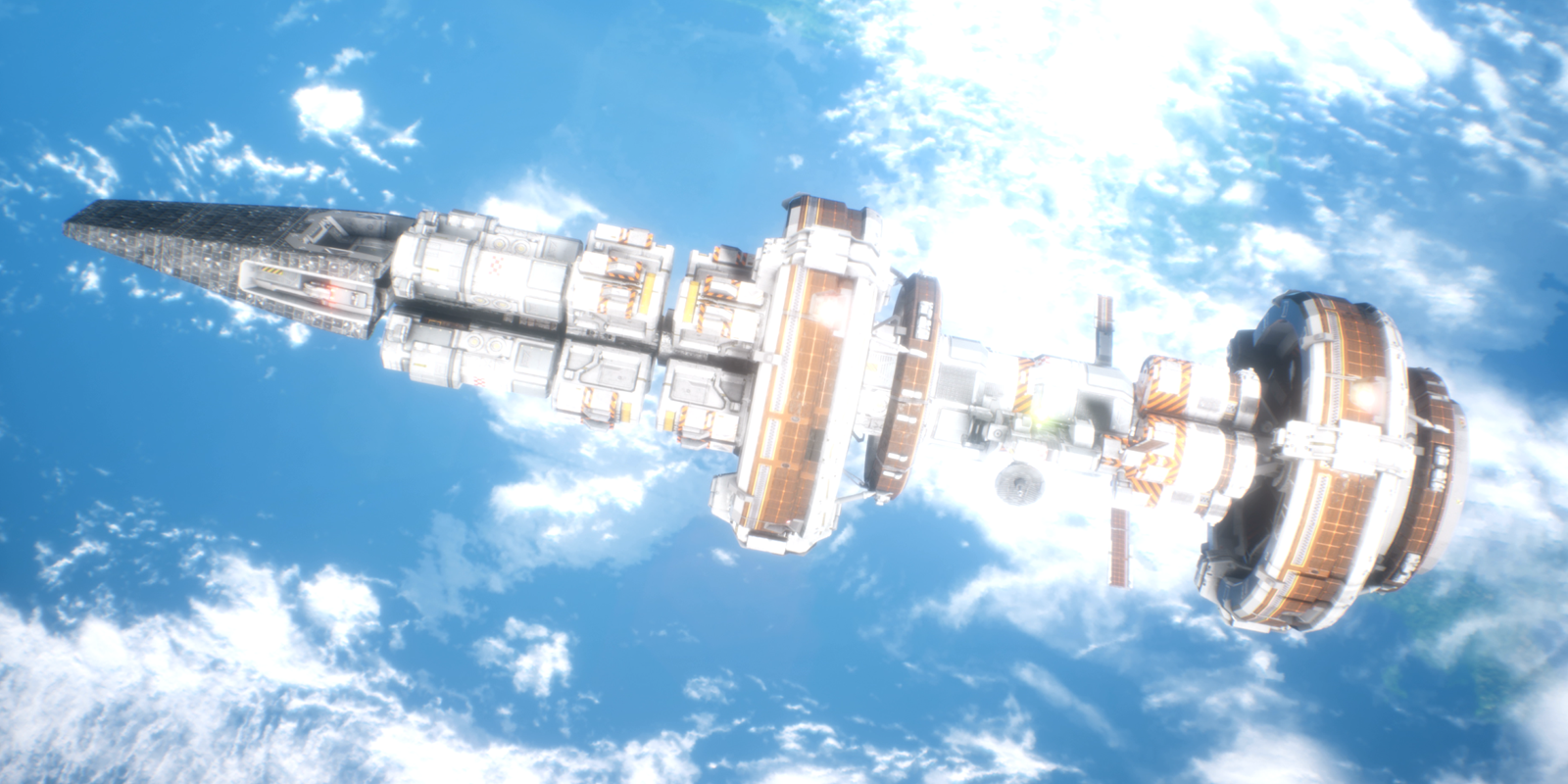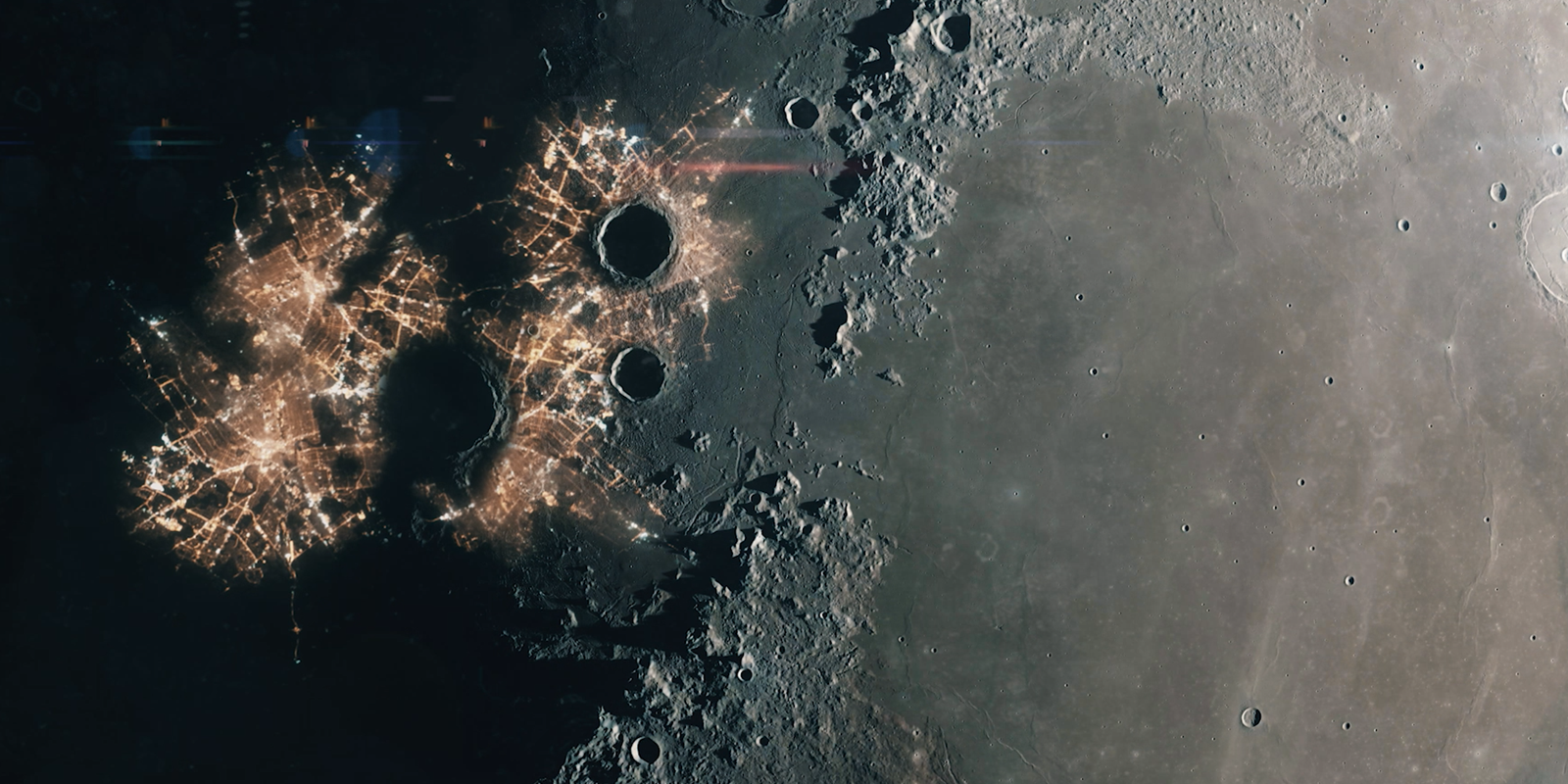The Second Orbital War
In 2136, Álvarez-King leveraged her wealth and widespread fame into the political world. Winning the US presidency with a landslide victory, Álvarez-King promised a new and “magnificent” expansion of American might and power. Despite opponents who warned of a conflict of interest and decried her lack of political experience, the new president commissioned the Windfall Corporation to construct a new American Colonial Fleet with the intent of settling American colonies on both Luna and Mars. By 2140, and the start of Álvarez-King’s second term, the American Lunar Colony was already showing exceptional promise.
“Too long has our nation sat back and watched the skies be conquered by foreign powers. The time has come to build a new Great White Fleet to show every country and colony that American might will never again be forgotten…”
LUCILLE ÁLVAREZ-KING – United States President and Founder of Windfall Starship Systems, Inc. during her 2137 inaugural address

THE MARTIAN CRISIS
The American Martian colony, however, was another matter entirely. As US transport ships reached the Red Planet, they were immediately blockaded by the Martian Orbital Navy. Threatened by force, the American ships were told to withdraw in the name of Martian sovereignty. When Álvarez-King refused to cede to Martian demands, the Martian Navy opened fire, killing over 20,000 civilian settlers.
Though her allies feared a backlash against the president, Álvarez-King demanded immediate action. American starships were quickly mobilized, with Álvarez-King herself taking a command position aboard the flagship USSC Stellar Destiny. The move proved wildly popular within the US and confidence in the presidency soared. In 2142, the Second Orbital War began.

The American response was far more sophisticated. Though vastly outnumbered, the few dozen vessels of the American Fleet were staffed by some of the best computer technicians and hackers still left on the planet. As the Martian cruisers maneuvered into positions, American hackers tore apart their heavily-automated systems. While weapons and defenses catastrophically failed, US railguns ripped through Martian hulls.
Within days, the war had concluded as quickly as it had begun. While the Martians limped home, the United States was applauded for its return to military strength. For Álvarez-King, the conflict proved the defining legacy of an already-impressive presidential administration.

THE FUTURE OF WINDFALL
Even after Álvarez-King’s second and final term as president, her influence – and the cultural and economic influence of Windfall Starship Systems – exponentially increased in the United States and its growing colonies around the star system.
Yet this success was not to be unchecked. In 2155, opponents in the US Congress attempted to label the corporation as a monopoly and moved to disassemble it. Windfall appealed, drawing heavily on the support of congressional leaders and judges that the corporation had supported – or directly installed — for decades.
In the end, the company’s influence and wealth was only strengthened as a steady counter-attack of suits and court cases ruled in Windfall’s favor. As Gaia Terraforming, Walker Biotics and NeuroCo. gained similar influence, many worried the American Republic was quickly re-establishing itself as a corporate oligarchy – with Windfall leaders reaping the greatest of benefits.



